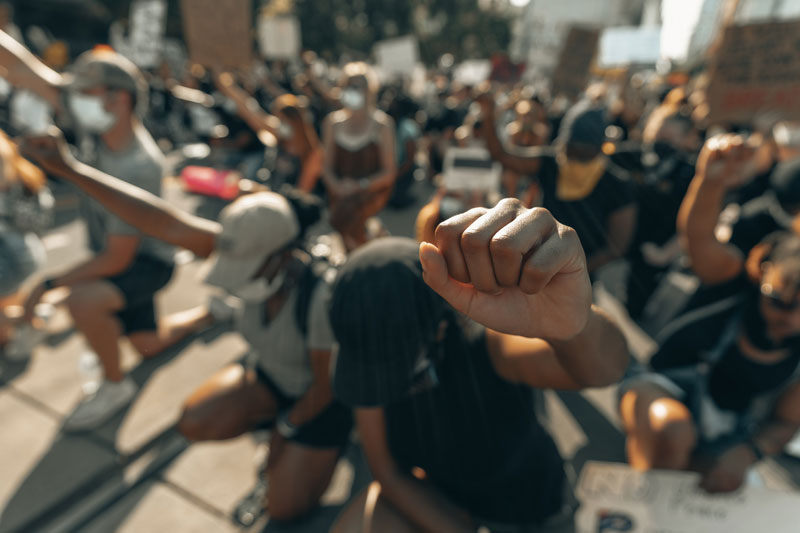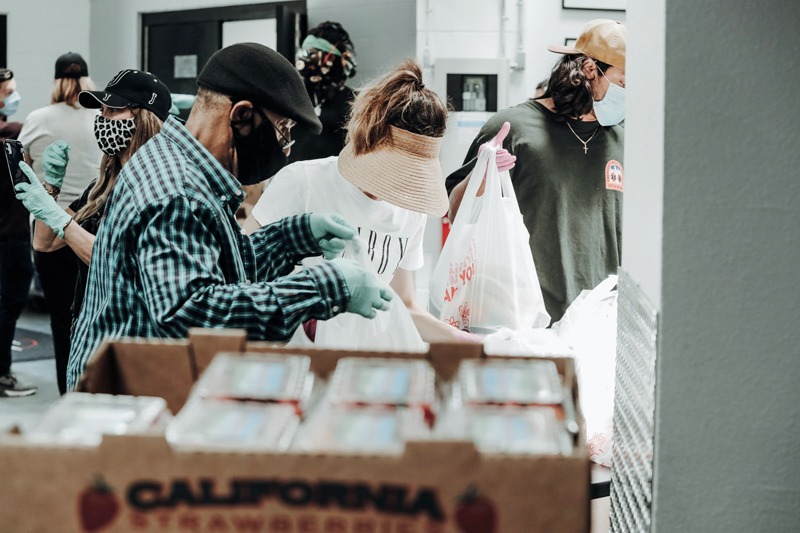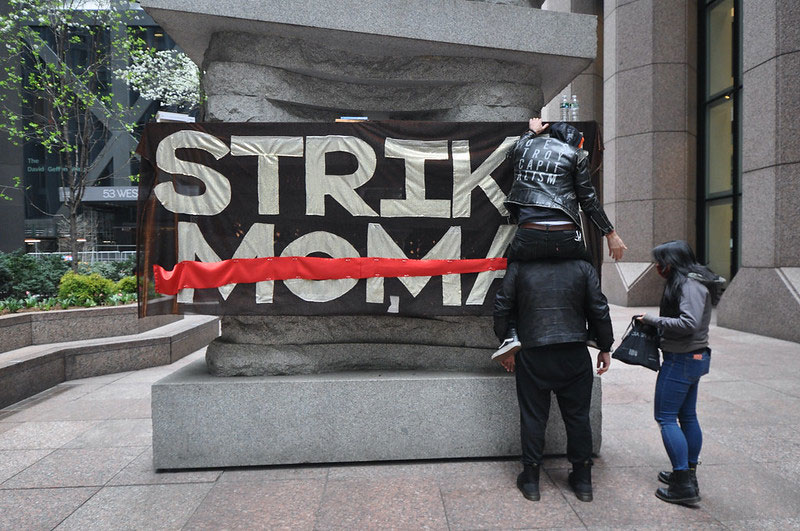| Get the newswire delivered to you – free! {source} [[form name=”ccoptin” action=”http://visitor.constantcontact.com/d.jsp” target=”_blank” method=”post”]] [[input type=”text” name=”ea” size=”20″ value=”” style=”font-family:Verdana,Geneva,Arial,Helvetica,sans-serif; font-size:10px; border:1px solid #999999;”]] [[input type=”submit” name=”go” value=”GO” class=”submit” style=”font-family:Verdana,Arial,Helvetica,sans-serif; font-size:10px;”]] [[input type=”hidden” name=”m” value=”1101451017273″]] [[input type=”hidden” name=”p” value=”oi”]] [[/form]] {/source} | Subscribe via RSS | Submit a News Item |
March 15, 2010; National Journal Online | We’re certainly a long, long way from hearing the last—or even definitive—word on how the recent Supreme Court ruling removing limits on corporate spending on political campaigns will play out.
As we’ve detailed here and here, a lot of questions remain about what will be considered permissible—by and for whom—as well as publicly palatable.
While the Supreme Court apparently has given corporations the green light to spend to their hearts’ content to influence elections, some worry about how nonprofits will deal with these changes in years to come.
Writing in National Journal Online, Eliza Newlin Carney suggests that charitable nonprofits (501(c)3s) will “face both fresh opportunities and dangers” as a result of Citizens United v. Federal Election Commission. Legal experts say that while charities themselves cannot support partisan political activities, they can create affiliated 501(c)4 advocacy groups that don’t face the same prohibitions.
Sign up for our free newsletters
Subscribe to NPQ's newsletters to have our top stories delivered directly to your inbox.
By signing up, you agree to our privacy policy and terms of use, and to receive messages from NPQ and our partners.
To Leslie Lenkowsky, professor of public affairs and philanthropic studies at Indiana University, that means those 501(c)3s that see this as an opportunity to play a bigger role in elections “will create (c)4s.”
At the same time, these so-called new freedoms might not appeal equally to everyone. “The various restrictions have a protective function… Now, with those restrictions coming off… you may see a great deal of discomfort on the part of nonprofits.”
As the National Journal‘s Carney notes: “Some [nonprofits] may face new pressures to ‘pay to play,’ as politicians seek fresh avenues for support. Others may find their role as public interest groups called into question.” And just when everyone thought nonprofits had enough to worry about.—Bruce Trachtenberg













